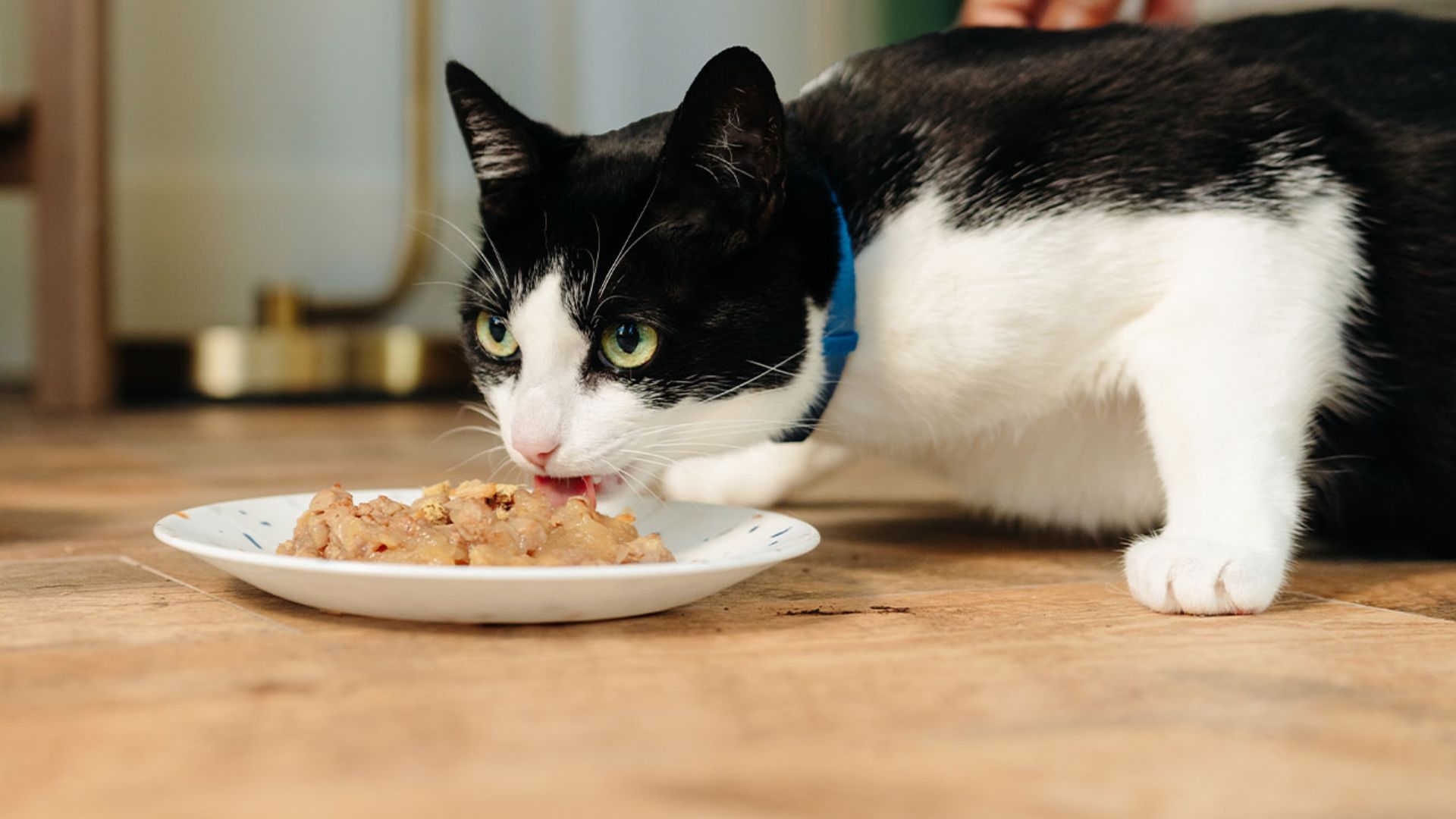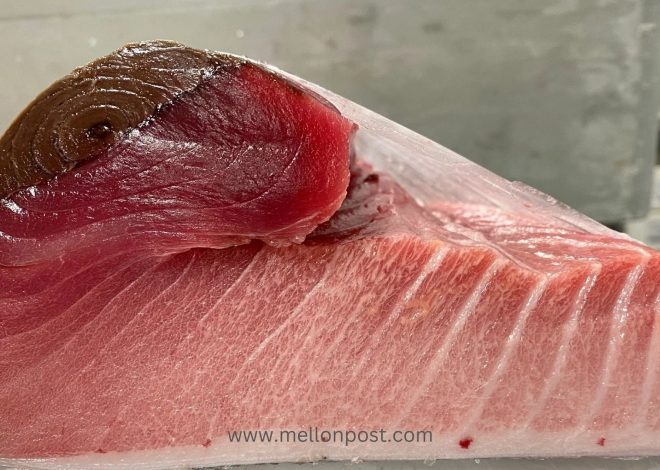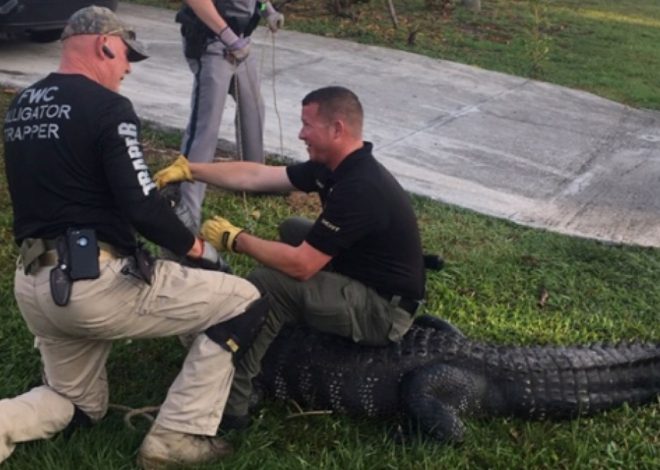
Homemade cat food recipes
Here are some homemade cat food recipes that you can try:
1. Tuna and Rice Recipe: Mix 4 cans of tuna in water, 2 cups of cooked rice, 1 lb of fresh chicken liver, and 12 sprigs of parsley, stems removed and chopped. Cook the chicken liver in boiling water for 5 minutes, then drain and chop. Mix all ingredients together and store in the refrigerator for up to one week or freeze in portions for up to three months.
2. Chicken and Vegetable Recipe: Cook 2 lbs of ground chicken in a pan until browned. Add 2 cups of chopped vegetables, such as carrots, peas, and green beans. Cook until the vegetables are soft. Add 1 cup of cooked brown rice and mix well. Allow the mixture to cool before serving.
3. Salmon and Sweet Potato Recipe: Cook 2 cans of salmon in water until tender. Mash the salmon and mix in 2 cups of cooked, mashed sweet potatoes. Add 1/2 cup of chopped parsley and mix well. Allow the mixture to cool before serving.
4. Turkey and Pumpkin Recipe: Cook 2 lbs of ground turkey in a pan until browned. Add 2 cups of cooked, pureed pumpkin. Mix well and allow the mixture to cool before serving.
It’s important to note that homemade cat food should be balanced and include all the necessary nutrients for your cat’s health. Consult with your veterinarian to ensure that your cat’s nutritional needs are being met. Additionally, it’s important to avoid feeding your cat any foods that are toxic to them, such as chocolate, grapes, onions, and garlic.
How to transition a cat to a homemade food diet
To transition a cat to a homemade food diet, it is recommended to first switch to a grain-free canned food for a few weeks to get the cat used to the new diet. After that, you can start introducing raw meat, such as chicken or turkey, in small amounts.
Make sure the raw food is warm, like a mouse’s body temperature, and to vary the types of meat offered to the cat. If the cat doesn’t take to raw food right away, there are several methods to try, such as mixing a little raw food with canned food, using the cat’s natural instinct to copy, or using a Ziploc baggie to warm the food.
It’s also important to consult with a veterinarian to ensure the homemade food meets all the cat’s nutritional needs. The transition process can take time and patience, but with persistence, most cats can be successfully transitioned to a homemade food diet.
Common mistakes to avoid when transitioning a cat to a homemade food diet
When transitioning a cat to a homemade food diet, there are several common mistakes to avoid:
1. Not transitioning gradually: Cats are creatures of habit and may resist a sudden change in their diet. It’s important to gradually introduce the new homemade food over a period of several days or even weeks, starting with small amounts and gradually increasing the proportion of homemade food while decreasing the old food.
2. Not providing enough variety: Cats have a natural instinct to hunt and eat a variety of foods. A homemade diet should include a variety of meats, organs, and bones to ensure that the cat is getting all the necessary nutrients.
3. Not providing enough taurine: Taurine is an essential amino acid for cats, and a deficiency can lead to serious health problems. It’s important to include taurine-rich foods in the homemade diet, such as heart and liver.
4. Not balancing the diet: A homemade diet should be balanced and provide all the necessary nutrients for the cat’s health. This includes not only protein, but also carbohydrates, fats, vitamins, and minerals. It’s important to consult with a veterinarian or a pet nutritionist to ensure that the homemade diet is balanced and meets the cat’s nutritional needs.
5. Not considering the cat’s individual needs: Every cat is different, and what works for one cat may not work for another. It’s important to consider the cat’s age, weight, activity level, and any health issues when transitioning to a homemade diet.
6. Not providing enough moisture: Cats have a low thirst drive and may not drink enough water, leading to dehydration. A homemade diet should include plenty of moisture, either through added water or by including moisture-rich foods like fish and organ meats.
7. Not consulting with a veterinarian: It’s important to consult with a veterinarian before transitioning a cat to a homemade food diet. A veterinarian can provide guidance on the best way to transition the cat, ensure that the diet is balanced and meets the cat’s nutritional needs, and monitor the cat’s health during the transition.
By avoiding these common mistakes, cat owners can successfully transition their cats to a healthy and balanced homemade food diet.


